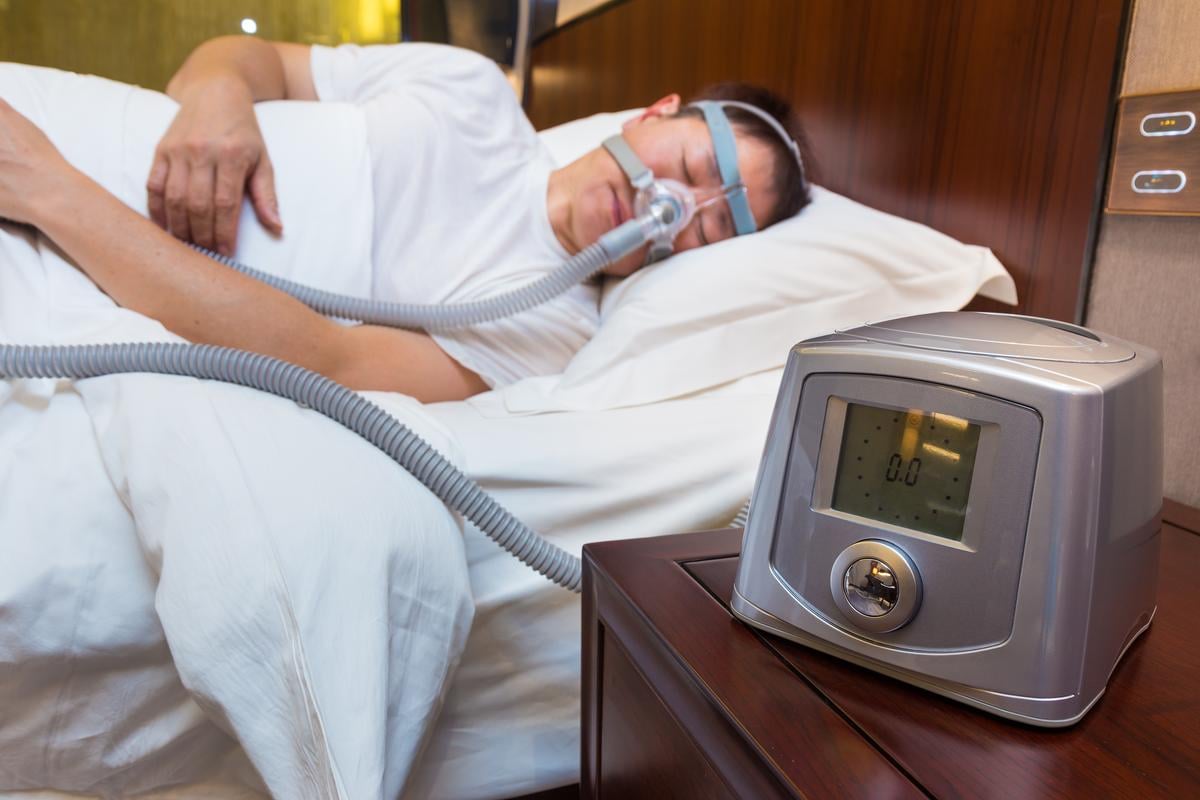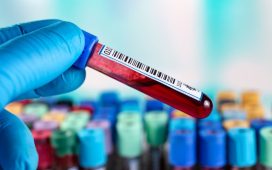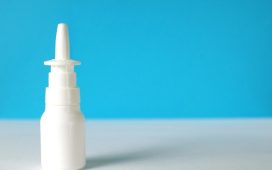Reductions in primary efficacy end point of change in AHI during sleep linked with a ≥3 percent decrease in oxygen levels or arousal from sleep
By Elana Gotkine HealthDay Reporter
FRIDAY, Sept. 13, 2024 (HealthDay News) — Sulthiame (STM) is beneficial for improving symptoms of obstructive sleep apnea (OSA), according to a study presented at the European Respiratory Society Congress, held from Sept. 7 to 11 in Vienna.
Jan A. Hedner, M.D., Ph.D., from Sahlgrenska Academy in Sweden, and colleagues conducted a double-blind, randomized, placebo-controlled trial involving OSA patients not accepting or tolerating continuous positive airway pressure or oral splints. Polysomnography was used to evaluate three doses of STM and placebo. Overall, 298 participants were randomly allocated to 100 mg, 200 mg, and 300 mg STM or placebo (74, 74, 75, and 75, respectively).
The researchers found that the primary efficacy end point of change in the apnea/hypopnea index during sleep associated with a ≥3 percent decrease in oxygen levels or an arousal from sleep from baseline to week 15 was met for –17.8, –34.8, and –39.9 percent, respectively, with 100 mg, 200 mg, and 300 mg STM. A placebo-adjusted, dose-dependent reduction of 47.1 percent in apnea/hypopnea with ≥4 percent oxygen desaturation was seen at week 15. Improvement in mean overnight oxygen desaturation of 0.95 and 0.87 percent was seen at week 15 for 200 mg and 300 mg STM, respectively. There was improvement in the total arousal index and sleep quality; effects on sleep macrostructure were neutral. For sleepy patients (Epworth Sleepiness Scale ≥11), the scale score was reduced.
“People taking sulthiame in the trial had a reduction in OSA symptoms such as stopping breathing during the night and feeling sleepy during the day. Their average levels of oxygen in the blood were also improved with the treatment,” Hedner said in a statement.
Copyright © 2024 HealthDay. All rights reserved.








